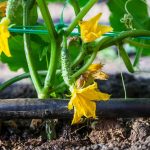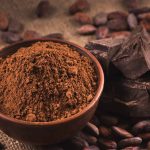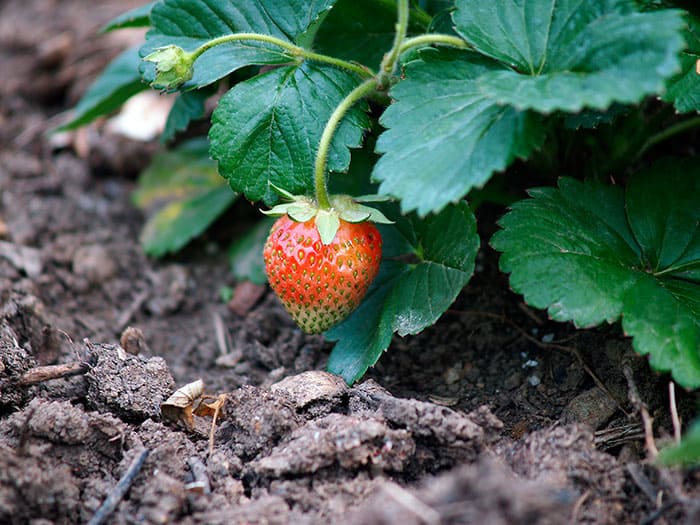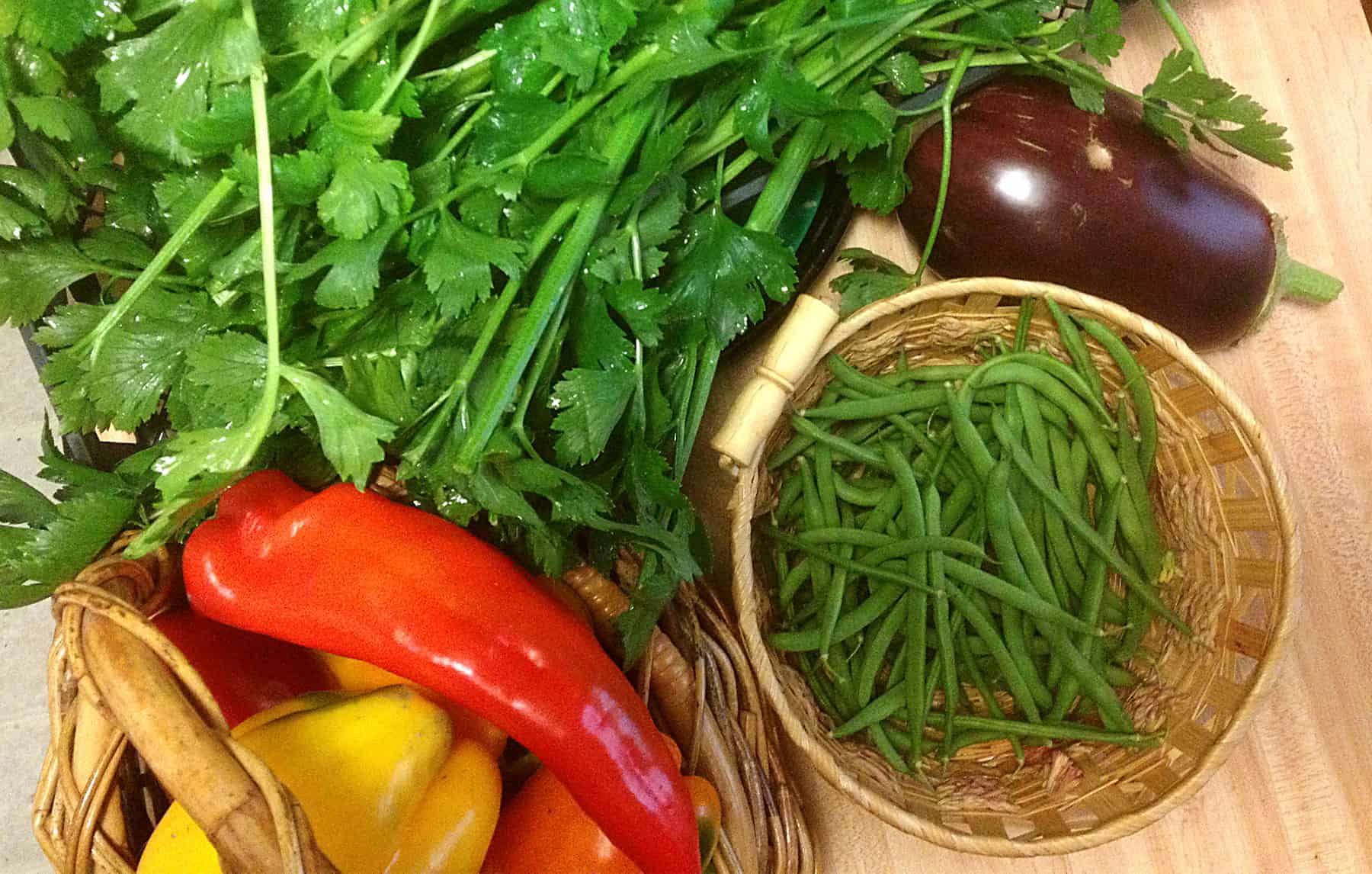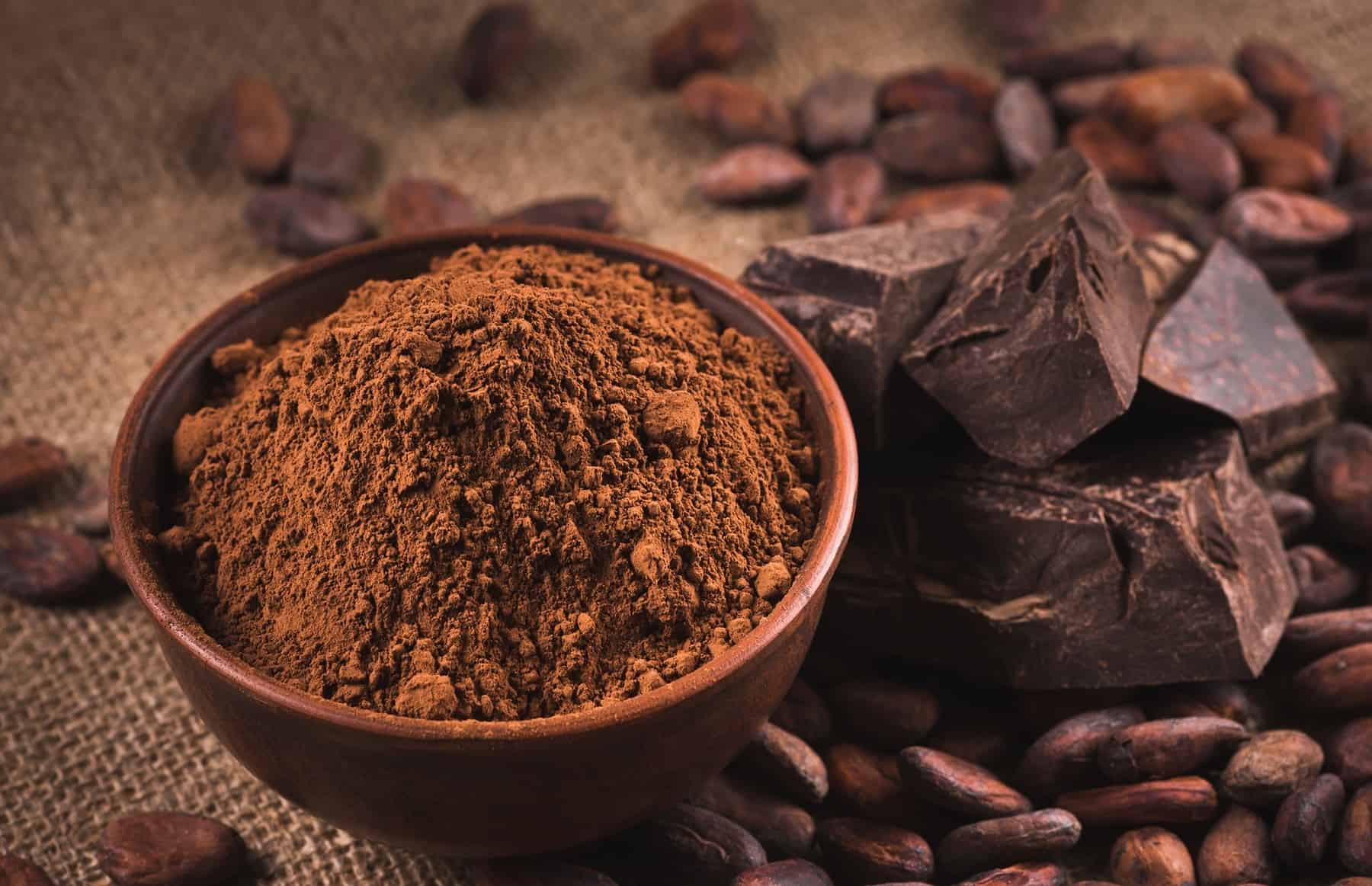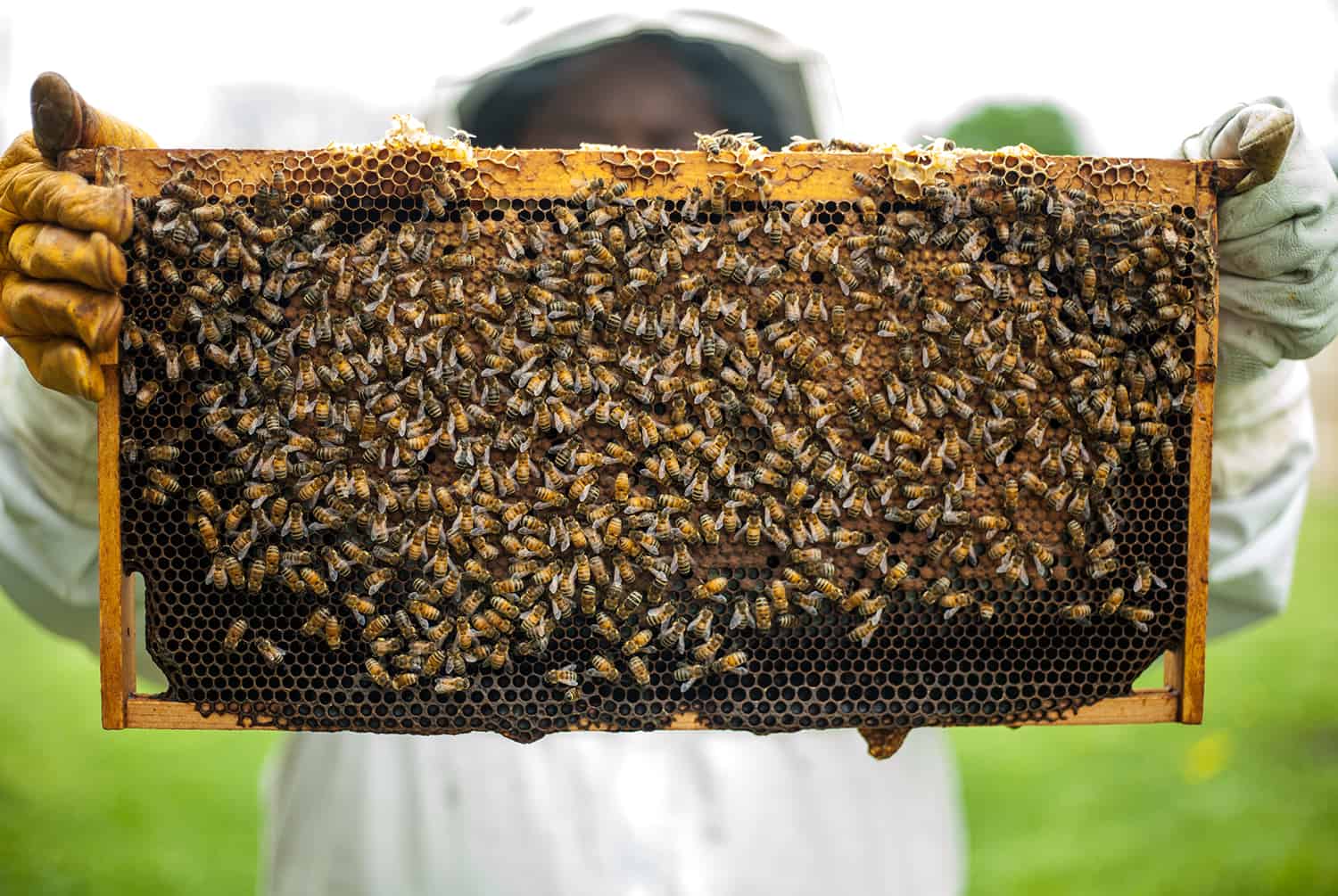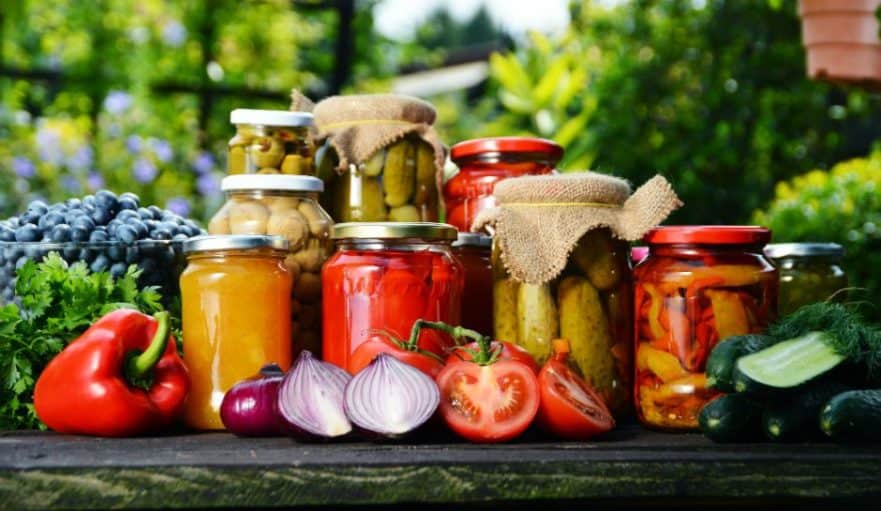[ad_1]
The Environmental Working Group has launched this 12 months’s record of the Soiled Dozen, the 12 fruits or greens generally accessible in grocery shops that carry essentially the most pesticide residue. In any other case generally known as EWG’s Shopper’s Information to Pesticides in Produce, the report calculates that USDA assessments discovered a complete of 165 completely different pesticides on hundreds of fruit and vegetable samples.
After wanting on the Soiled Dozen record, I counted 7 which I commonly develop in my backyard and infrequently devour from another supply. The others I buy organically, and ideally locally-grown, at any time when doable. Consuming pesticide-free produce is very necessary, as a brand new report from the World Well being Group has decided that the most-used herbicide on this planet, Roundup (chemical identify: Glyphosate), is a possible carcinogen. (The EPA revealed this month that they might begin testing meals merchandise for Glyphosate residues.)
Key findings from the Environmental Working Group’s Soiled Dozen record:
99 p.c of apple samples, 98 p.c of peaches, and 97 p.c of nectarines examined optimistic for no less than one pesticide residue.
The typical potato had extra pesticides by weight than another produce.
A single grape pattern and a candy bell pepper pattern contained 15 pesticides.
Single samples of cherry tomatoes, nectarines, peaches, imported snap peas, and strawberries confirmed 13 completely different pesticides apiece.
Which of those Soiled Dozen do you develop in your backyard?
1. Apples
Apple timber are plentiful at backyard facilities every spring. However rising apples efficiently with natural controls is kind of troublesome until you’re blessed with excellent climate situations and few pests, together with airborne and waterborne fungal spores. The identical goes for pears, which I spent years having fun with till fungal infections worn out my three timber in two seasons.
2. Peaches
Oh, how I like recent peaches. As a younger gardener, I took my shot at rising peaches however gave up after three seasons. The straw that broke the peach tree’s again was a Japanese Beetle invasion which wiped the peaches out, together with the tree’s foliage in a matter of days. That, after lastly determining the onerous means that thinning needed to be completed weekly whereas fruits had been creating, and that pruning needed to be completed judiciously every winter. I figured it was simpler to help my native natural farmer and purchase his/her peaches.
3. Nectarines
Nectarines have the identical cultural considerations as peaches, though I by no means grew Necatriens because of my location (too chilly).
4. Strawberries
There are dozens of types of strawberry seedlings accessible at backyard facilities and on-line yearly. And strawberry vegetation are simple to develop should you observe a number of easy tips and spend money on hen netting (as a result of I assure that our winged associates will beat you to the harvest). Strawberries will also be grown simply in containers, particularly a strawberry pot, which permits extra room in your backyard for different issues.
5. Grapes
Grapes are excessive on my record of “subsequent meals crop to experiment with”. However I’m cautious, as grapes require an ideal location, plenty of daylight, vigilant pruning, and strict cultural controls.
6. Celery
I’ve been rising celery organically for years in my backyard with no actual difficulties or disappointments. In reality, every year I freeze many jars 0f celery to be used over the winter. But, I hear complaints from many gardeners that celery is troublesome to develop. The bottom line is to begin seeds indoors over winter and plant properly after your final frost date. The bottom line is water – the roots of celery vegetation are very shallow, so that they dry out in a short time. However should you keep on prime of your irrigation schedule, and mulch the foundation space with compost, you shouldn’t see any issues.
7. Spinach
Spinach couldn’t be easier to develop. Plant a seed, water it in, add compost to the soil and lower as many leaves as you want as typically as you want till frost. Or harvest the complete plant at one time and plant one other seed instead. I begin spinach seeds indoors over winter, plant in mid-April, and revel in it late April into November. Develop a range acclimated to your native climate and provides it slightly shade, as some varieties will go to seed within the warmth of summer season.
8. Candy Bell Peppers / Scorching Peppers
I like rising my very own candy peppers. I begin them indoors from seed the primary or second weeks of March and plant them in my backyard round Memorial Day to keep away from any late frosts which could terminate the vegetation abruptly. Candy Peppers are a type of greens (fruit technically) that tastes sweeter and fuller when it’s fresh-picked and eaten instantly. Contemporary peppers simply can’t examine to store-bought peppers.
9. Cucumbers
There’s nothing fairly like cucumbers recent off the vine. And there are such a lot of varieties to develop which merely aren’t available in shops (however maybe at farmer’s markets). And the excellent news is, these are additionally easy-peasy. Once you plant cucumber seeds, you should definitely water them each day till germination. Additionally they like a trellis to climb on, which retains the fruit out of the soil the place it might rot or be eaten by bugs. Cucumbers love solar, however the leaves are very inclined to fungal an infection, so water the roots of the vegetation solely, and maintain the leaves as dry as doable.
10. Cherry Tomatoes
Weeds. Cherry Tomatoes develop like weeds. Should you fail at rising cherry tomatoes, then we’ll need to revoke your license to backyard. I don’t assume I’ve ever planted one cherry tomato seed that didn’t germinate – I’m not bragging, it’s simply that cherry tomatoes have an extremely excessive germination fee. Plant the seed, water it, watch it develop, eat the tomatoes. Cherry tomatoes additionally develop properly in vast and deep containers, so long as they’ve a trellis or different upright help to develop on.
11. Snap Peas
Peas could be little finicky to develop. It’s a “snap” for some gardeners and troublesome for others, as a lot relies on native climate situations, how briskly your winter turns to spring, and the way rapidly your soil warms and dries in spring. In my backyard, it’s completely hopeless to start out peas from seed in spring, because the soil is means too chilly and moist. Even planting pea seedlings is a problem, as they only sit there ready for the soil to heat after which immediately it’s 80 levels in June they usually recoil in horror and wilt. Peas are cool climate crops and if in case you have soil which simply received’t heat up sufficient to plant in March, it’s greatest to start out peas indoors in February and plant seedlings as quickly because the snow melts. Or plant seeds late within the season for a fall harvest.
12. Potatoes
Potatoes are a really low upkeep crop, when you get the hold of it. Purchase seed potatoes (principally lower potatoes, every of which has an “eye”), plant them the suitable distance aside, and harvest within the fall. The actually cool factor about rising potatoes is that you could begin harvesting and consuming them once they’re small. However they’re greatest after they placed on slightly mass, often midway by means of summer season. After that time, you may harvest potatoes as you need them. Come fall, and earlier than frost, harvest your potatoes, allow them to dry, after which retailer them correctly to eat all winter.
13. Kale / Collard Greens
Kale and Collard Greens are easy leafy greens to develop. Simply you should definitely purchase varieties which can be appropriate to your local weather. Some types of kale will die out as quickly because the climate turns slightly chilly, and a few will maintain producing proper up till it snows. Others will decelerate in the summertime warmth. And all leafy greens profit from slightly afternoon shade.
So which of the fruit and veggies on the Soiled Dozen record have you ever grown in your backyard?
[ad_2]



